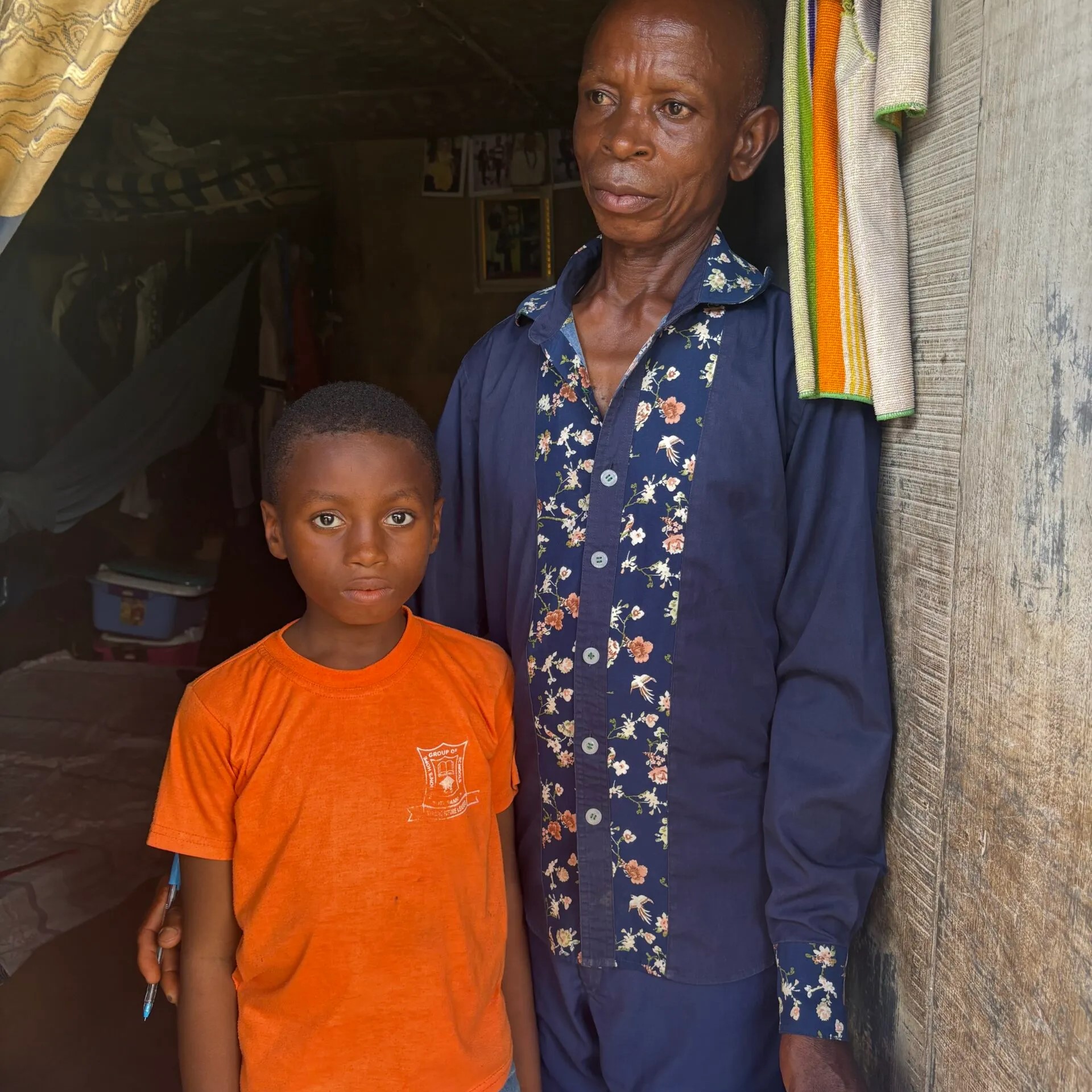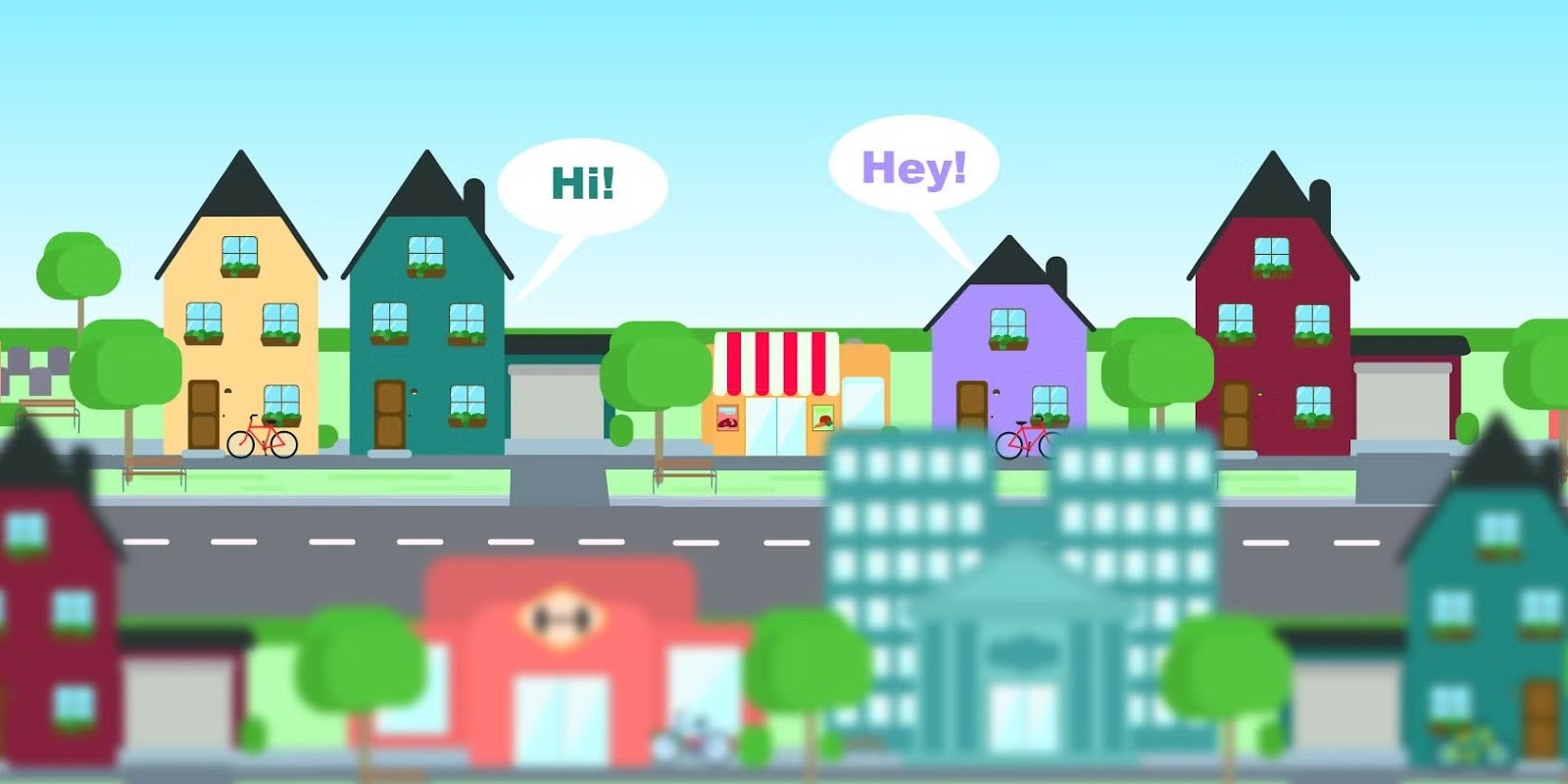Boris Nzebo: The Artist Who Turned Urban Streets Into Living Canvases
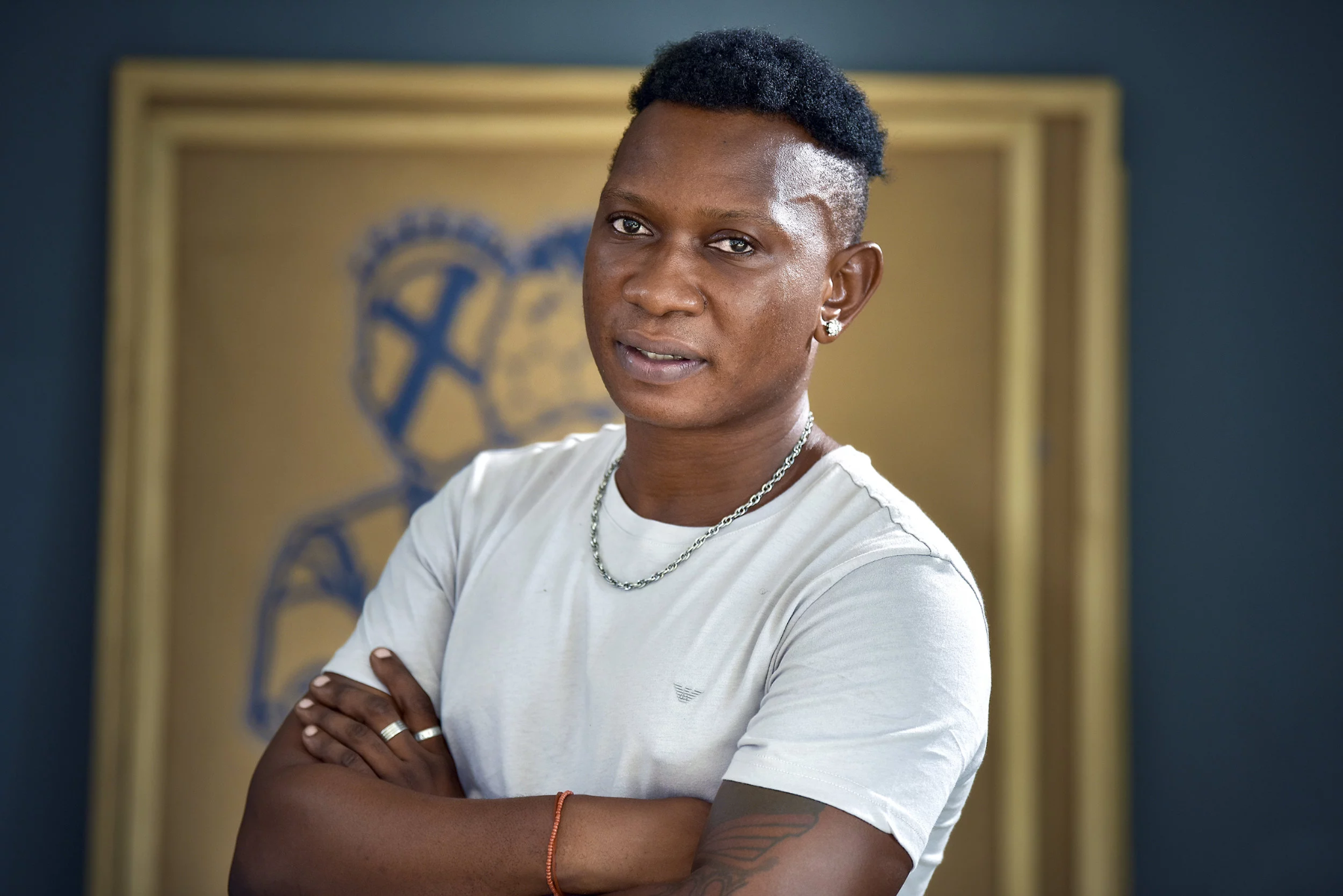
There are certain artists whose work does not simply hang on a wall but seems to breathe, whispering fragments of familiar streets, half-remembered conversations, and the quiet pulse of daily life. Their art feels less like an object and more like a presence, something that has lived somewhere before finding its way to canvas.
Every so often, a painter emerges whose style carries the unmistakable imprint of lived experience, the kind that can’t be taught in academies or polished through theoretical study. It is the experience gathered from storefronts, sidewalks, and the unnoticed corners of a city; the kind learned by watching people in their unguarded moments, observing how identity slips between hairstyle, expression, and the undertones of surrounding architecture.
In such artists, the city itself becomes both palette and muse, shaping every brushstroke and every silhouette until their visual language feels inseparable from the place that raised it.Boris Nzebo is one of those artists, a painter whose world is woven from the textures of urban life, where beauty and chaos intertwine in quiet, powerful ways.
In a sunlit studio in Douala, the sprawling, restless city that pulses with color, noise and constant motion, an artist mixes acrylics with the vibrant cadences of everyday life. That artist is Boris Nzebo. Born in 1979 in Port-Gentil, Gabon, Nzebo’s path to prominence was neither conventional nor smooth. What began as painting shop signs for hairdressers and beauty salons gradually evolved into a powerful visual language that fuses urban experience, personal identity, and social commentary.

Nzebo’s early years were steeped in the unglamorous work of sign painting, crafting vivid advertisements, stylized portraits, and handwritten boards that beckoned customers into ordinary commercial spaces. Within those strokes lay a raw education: composition, contrast, the weight of a silhouette, and the art of catching an eye. These basic tools left a lasting imprint on his aesthetic. When he turned to fine art in the early 2000s, those skills resurfaced, but infused with ambition and deeper meaning.
Without formal art school backing, Nzebo drew from surrounding influences. In Douala he encountered established contemporary artists like Koko Komégné, Hervé Yamguen and the late Goddy Leye, and participated in workshops and residencies, notably at the workshop-space ArtBakery in Bonendale. That experience in 2007 opened his horizons: photography, video, installation, performance. He explored many mediums, but painting remained his anchor.
What makes Nzebo’s work stand out is his unique motif: hairstyles as identity markers in the urban space. In his hands, a coiffure becomes more than style, it becomes a statement. It speaks of social status, cultural affiliation, personal pride, and even political critique. A figure’s hair becomes a canopy under which the city pulses, struggles, dreams. In canvases where silhouettes and hairstyles swirl with architectural lines, Nzebo invites viewers to reconsider what “portrait” means: not only a person, but a person in relation to environment and history.
In 2008, he exhibited for the first time among a group of artists in Douala; in 2009, he featured in a collective show at the local art-space doual’art. From then on, his reach expanded: exhibitions in Paris, Berlin, and beyond. By 2013, his paintings had made their way to an international audience via participation in ART DUBAI, a signal that African urban stories carried global relevance.
The turning point came in 2016, when the prestigious Manchester Art Gallery hosted Nzebo’s solo exhibition titled “Urban Style”. Large-scale canvases filled the space, stylized silhouettes with elaborate hairstyles overlaid on facades of city buildings, vivid, electric, confrontational. The show challenged visitors to see Douala not as a distant “other”, but as a world equal in complexity, beauty and decay. The gallery even acquired one of his works for its permanent collection, affirming Nzebo’s importance as a global contemporary voice.
Nzebo describes his process as rooted in memory, observation and social reality. His subjects are often imagined or composite figures not exact portraits, but amalgams of many faces, many lives. In works like “She Want Love” or “Coco Banana,” he tells universal stories of hope, despair, resilience: of women seeking love, of youth navigating ambition, of ordinary people surviving urban chaos.
The color palette he uses electric blues, rich oranges, fiery reds, stark contrasts, echoes the look of hand-painted hair-salon signs, street murals, graffiti, neon lights. It’s the visual energy of African cities: raw, alive, urgent. But beneath the surface vibrancy are themes of inequality, social decay, and personal struggle. Nzebo’s art doesn’t shy away from the difficulties of urban life, it frames them, magnifies them, immortalises them.
Yet Nzebo’s art remains hopeful. By placing beauty at the center, in hair, in pattern, in color, in human form, he asserts dignity. He offers identity not as a relic of tradition, but as a living, evolving, urban reality. Through his stylised figures and layered cityscapes, Nzebo captures a moment of transition: African cities becoming modern, complicated, layered; people redefining themselves beyond stereotypes.
In doing so, he challenges outsiders’ perceptions, the expectation of dusty villages or rural simplicity and instead presents the African city as a site of creativity, complexity, and cultural reinvention. For many younger artists across the continent, Nzebo’s journey offers proof that formal art education is not the only path: observation, grit, self-education, and lived experience can birth artistry that resonates globally.
Still, the journey has not been without challenges. Contemporary African artists often struggle with limited institutional support, scarce funding, and the tension between local visibility and global recognition. Nzebo’s early years in sign painting were low-paid and looked down upon; his rise in fine art came through persistence, resilience, and belief in his vision. Every bright canvas, every silhouette, carries traces of that struggle and of triumph.
Today, when one walks through a Nzebo painting, one doesn’t just see a face or a hairstyle. One sees a city, pulses of neon, crowded markets, whispered dreams, loud struggles, and quiet dignity. Nzebo’s art speaks not in hushed tones, but in bold color and unapologetic lines. It demands to be seen.
In an ever-changing art world, where global trends often overshadow local stories, Nzebo reminds us of the power of rootedness: the power of telling your own story, with your own palette, in your own language. Douala, and cities like it across Africa, have voices. Through Boris Nzebo’s paintings they speak.
You may also like...
Hammer Time! West Ham Gears Up for Fiery Showdown Against Liverpool

West Ham and Liverpool face off in a tense Premier League encounter as Arne Slot fights to save Liverpool’s season amid ...
London Rivals Clash: Chelsea vs. Arsenal Derby Set to Crown a New King!
Chelsea hosts Arsenal at Stamford Bridge in a high-stakes London derby that could redefine the Premier League title race...
Shockwave for Bond Fans: Amazon Mysteriously Pulls 'Most Controversial 007' From Streaming!
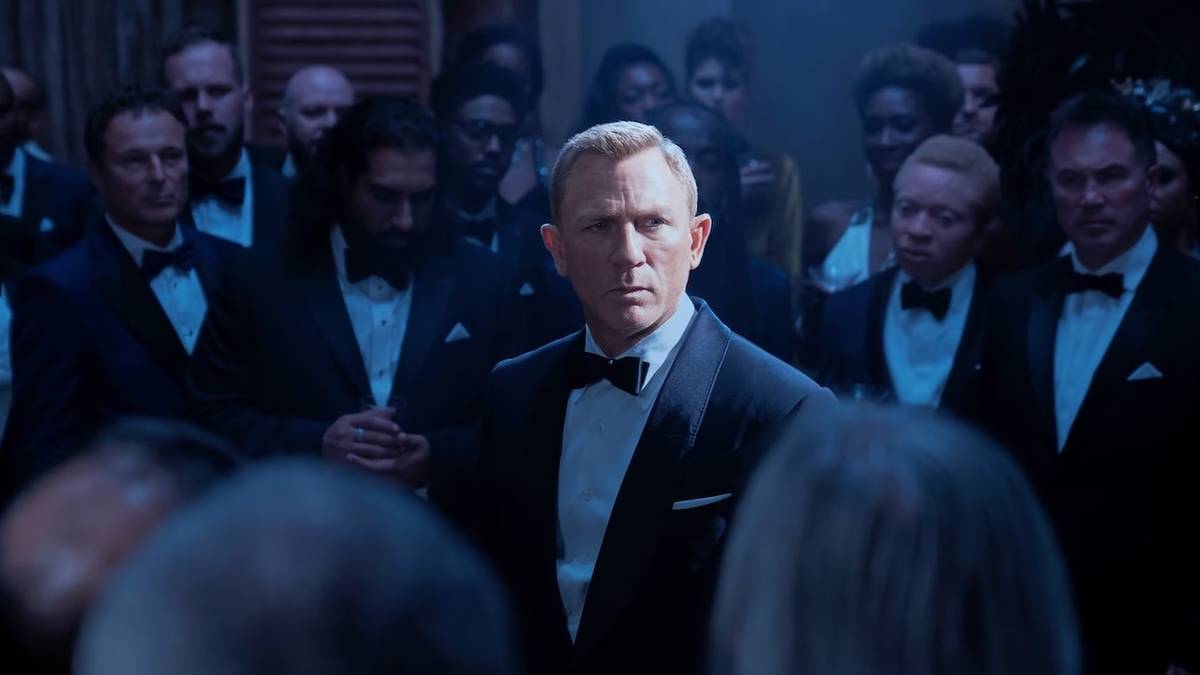
Amazon unexpectedly removes Daniel Craig’s “No Time to Die” from Prime Video ahead of the full Bond collection migration...
Zootopia 2 Roars: Animated Sequel Shatters China Box Office Records on Opening Day!

"Zootopia 2" has launched to a spectacular start globally, spearheaded by a record-breaking $34 million opening day in C...
Rwanda's Niwe Healing Concert Ready to Unfold: A Must-See Musical Journey!

Rwanda's gospel sensation Richard Nick Ngendahayo returns for the highly anticipated Niwe Healing Concert at BK Arena on...
Wicked Soundtrack Bewitches ARIA Chart, Dominating Music Landscape!

The Wicked: For Good soundtrack debuts at No. 1 on the ARIA Albums Chart, while Ariana Grande, Cynthia Erivo, SoSo, and ...
Oscar Contender 'Sentimental Value' Director Dares to Probe Hollywood's True Nature
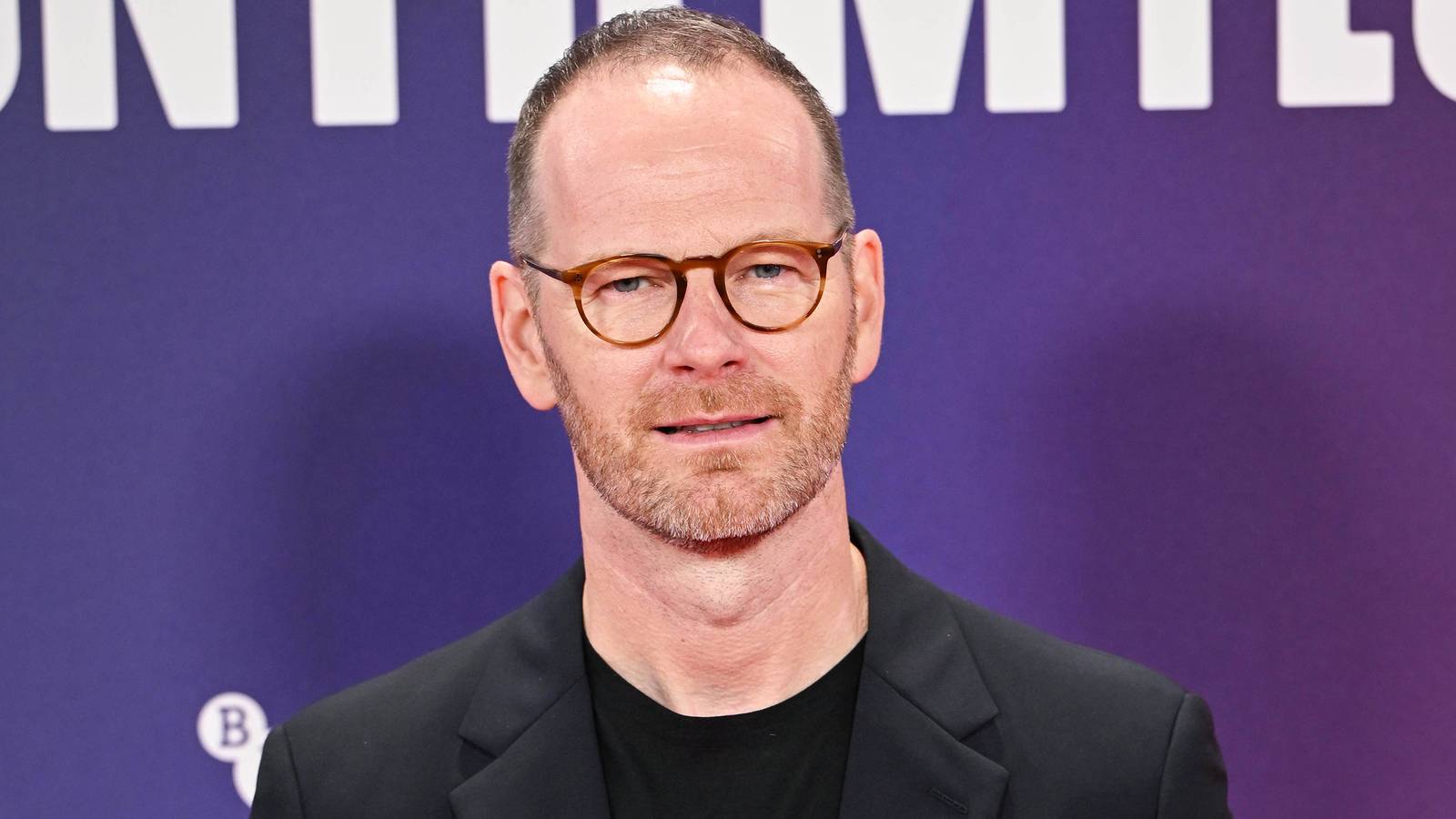
Joachim Trier’s latest film, “Sentimental Value,” is earning Oscar buzz as the director explores Hollywood, creative fre...
Celebrating Two Decades of Faith: House On The Rock's 'The Experience 20' Unites Worshipers
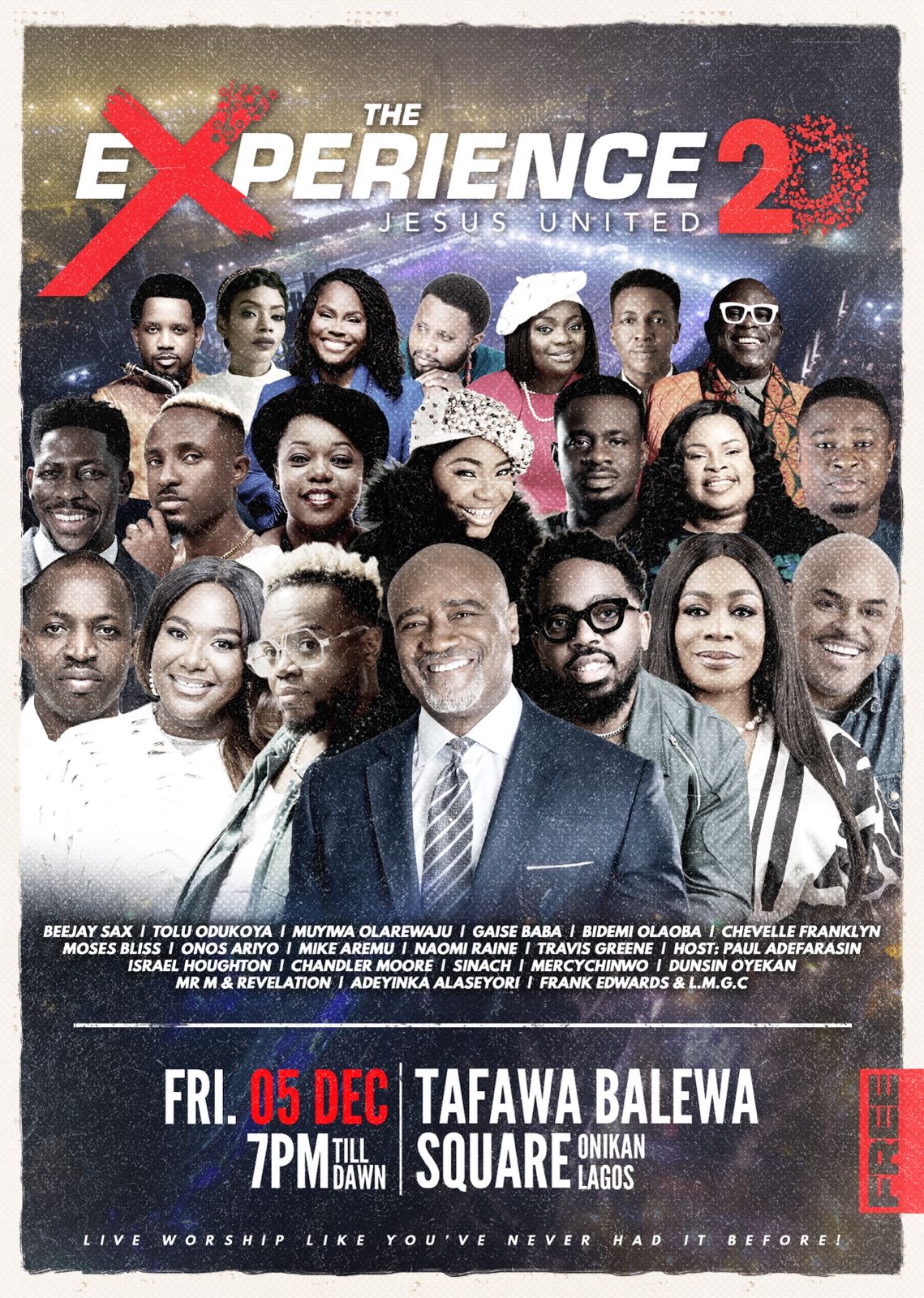
Lagos's Tafawa Balewa Square will host THE EXPERIENCE @20 on December 5th, 2025, marking two decades of the world's larg...
.png&w=1920&q=75)



